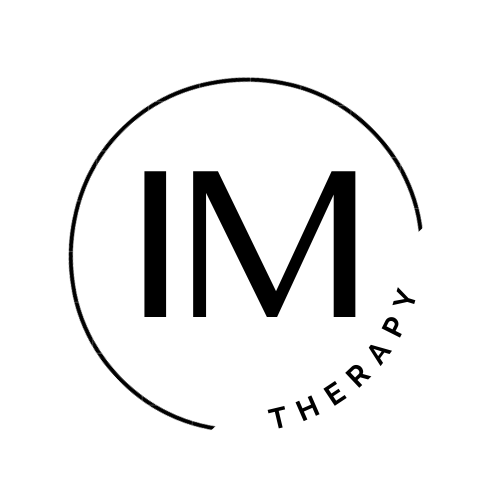Stuttering is one of the disorders that people are most familiar with when it comes to speech-language pathology. Though this is the case, each person’s description or understanding of stuttering may differ tremendously. This may be due to the fact that there several different types of fluency disorders, e.g., cluttering, neurogenic stuttering, developmental stuttering. It is beyond the scope of this post to fully address true stuttering and the other types defined herein. For a more thorough explanation of stuttering and other fluency disorders, readers are advised to contact a qualified SLP that can provide a more personalized, appropriate response or description. This blog is strictly for informational purposes.
Stuttering may develop in early childhood and persist throughout the life span. Some stuttering may be considered developmental–essentially normal, self-correcting–and may only be present for the early years of childhood. As a result, developmental stuttering is considered more of a phase as opposed to a true disorder. In cases of developmental stuttering SLPs do not generally provide speech and language services other than an evaluation and some tips to promote or enhance fluency. True stuttering is not related to any developmental phase. People who exhibit signs of a stuttering disorder may have a family history of stuttering. In any case, stuttering is generally characterized by two main areas, i.e., primary behaviors of stuttering and secondary behaviors of stuttering.

Primary behaviors of stuttering include those behaviors that are heard while the person speaks, e.g., frequent pauses, hesitation, repetition of words, etc. Secondary behaviors of stuttering include behaviors that co-occur with speech production or attempts at speaking, e.g., poor eye contact, limb movement, eye blinking, etc. NOTE: these descriptions are not exhaustive. To truly determine whether one is exhibiting primary or secondary behaviors of stuttering, a comprehensive evaluation is recommended.
Type and severity of stuttering is determined through an evaluation completed by a qualified SLP. If the SLP determines that the stuttering is not developmental then he or she may recommend therapy to start addressing the stuttering disorder. With young children, therapy may be indirect and involve model-based play to help promote fluency and to enhance the child’s communication success. The approach differs tremendously with older children and adults who present with a more established stuttering disorder. In most cases with older children and adults, therapy will be direct and it will address desensitization (e.g., desensitization to reactions from others) as well as techniques for fluency modification.
If you or someone you know needs the services of a licensed and certified speech-language pathologist, please be sure to discuss your concerns with a physician, a speech-language pathologist, or another qualified provider. You can also
find a provider through the ASHA ProFind service or visit us at
www.bilingualspeech.org for more information. Additional information on this topic can be found at
stutteringhelp.org or at
asha.org. NOTE: This article is intended only as a general source of information, i.e, it is not intended to replace information given to you by a qualified health professional that is familiar with your particular circumstances. Lastly, if you have an urgent medical need, please seek immediate medical attention.

